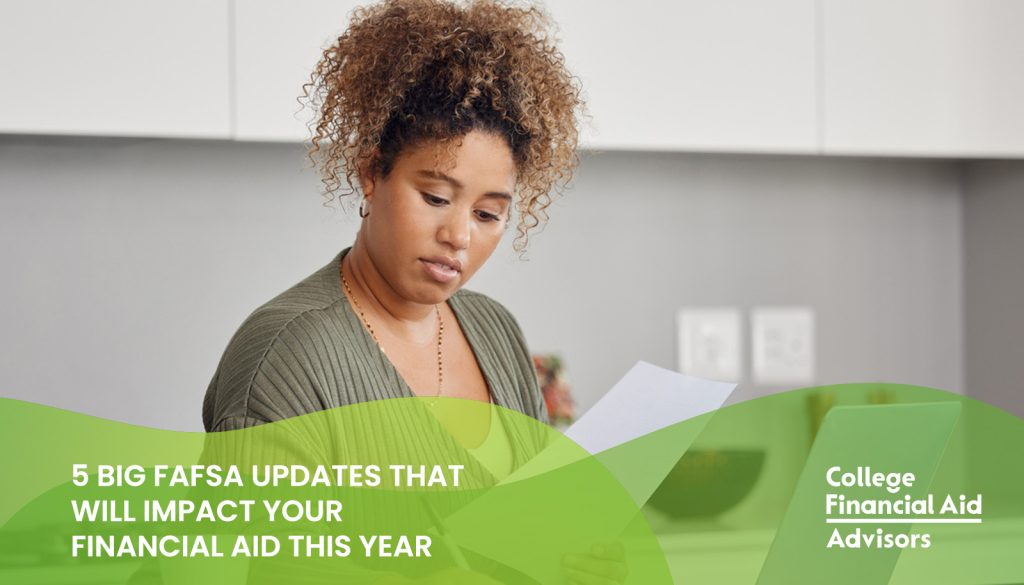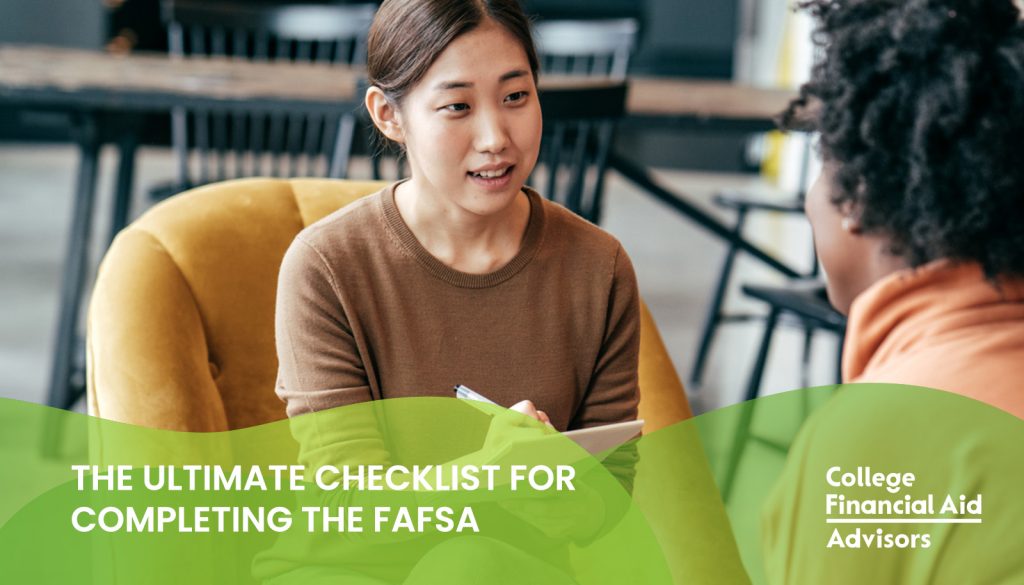Rejection Is Redirection: A Parent’s Guide to Helping Teens Refocus
For many high school students, applying to colleges is an exciting and stressful experience. After months of preparation, submitting applications, and eagerly awaiting results, the last thing any teen expects is rejection. Rejection – in any form- can feel like a crushing blow. As a parent, seeing your teen disappointed and unsure about their future is difficult. But here’s an important truth: college admissions rejection is not the end of the road. While it may feel like it in that moment, it is so far from the end! Here’s how to turn this moment of rejection into a new opportunity and direction for your college-bound student! 1. Process the emotions that come with rejection. Before jumping to solutions, it’s essential to first allow your teen to process their emotions. Rejection can trigger feelings of sadness, frustration, and even shame. Give them the space to express how they feel without minimizing or dismissing their experience. Sometimes, just listening—without offering advice—can be the most supportive thing you can do. 2. Remember that it’s not personal. One of the hardest parts of rejection is the internalization of failure. No matter how old we are when we “fail” at something, it can feel difficult and personal. Remind your child that this isn’t personal. In college admissions, decisions are influenced by many factors—some beyond your teen’s control, like institutional needs, applicant competition, and even random chance. Remind your teen that this rejection is simply a part of the process, not a measure of who they are as a person. 3. Consider new opportunities. Sometimes, rejection opens doors to new possibilities that wouldn’t have been considered otherwise. Use this moment to explore other options that might be a better fit for your teen’s goals, interests, and personality. Look at Other Colleges: If your teen applied to multiple schools, there may still be acceptance offers to consider. Even if not, other universities or programs may offer the right mix of challenges and opportunities for growth. Consider a Gap Year: If your teen feels burned out or unsure about the next step, a gap year can provide valuable time for personal growth. Whether it’s traveling, volunteering, or working, a gap year can provide clarity and new experiences that shape future academic and career choices. Explore Other Career Pathways: Encourage your teen to think beyond the traditional college route. There are many alternatives to a four-year degree. Supporting your teen in exploring all of these avenues can be a powerful way to turn rejection into redirection. 4. Focus on what they love. Rejection can serve as a great reminder that success is not just about the destination, but the journey. Help them revisit their passions, skills, and accomplishments. Whether they’ve excelled in sports, arts, volunteering, or academics, these strengths are the foundation of their future success. Remind them of what makes them unique – and encourage them to reconnect with those passions. 5. Set New, Positive Goals Once your teen has had time to process their emotions, help them set new goals. Whether it’s reapplying to other schools, applying for scholarships, or starting fresh with a different academic focus, having a clear plan can help them regain focus and confidence. Encourage your teen to break down the process into manageable steps, so they don’t feel overwhelmed. 6. Promote Self-Compassion and Resilience One of the greatest lessons that come from rejection is learning how to bounce back from disappointment. As a parent, you can help your teen develop resilience by promoting self-compassion—teaching them that it’s okay to be imperfect and make mistakes. 7. Stay Positive and Be There for Them As a parent, your support can make all the difference in how your teen responds to rejection. Stay positive, stay patient, and keep offering encouragement. Remind them that while this chapter may not have unfolded as expected, their story is far from over. Rejection may feel like a dead end, but in reality, it’s often just a redirection to something better. With your support, your teen can not only recover from this setback but emerge stronger, more self-aware, and ready to embrace new opportunities. More about Jodi and College Financial Aid Advisors Jodi is a FAFSA financial advisor who helps with the financial aid process to help families of college students maximize their financial aid. From completing the FAFSA and completing the CSS Profile to reviewing the SAR, responding to requests for verification, comparing financial aid offers and understanding student loan options, Jodi is a fantastic resource when it comes to student financial aid. Schedule a 15 Minute Power Chat to learn more about finding ways to pay for college.










